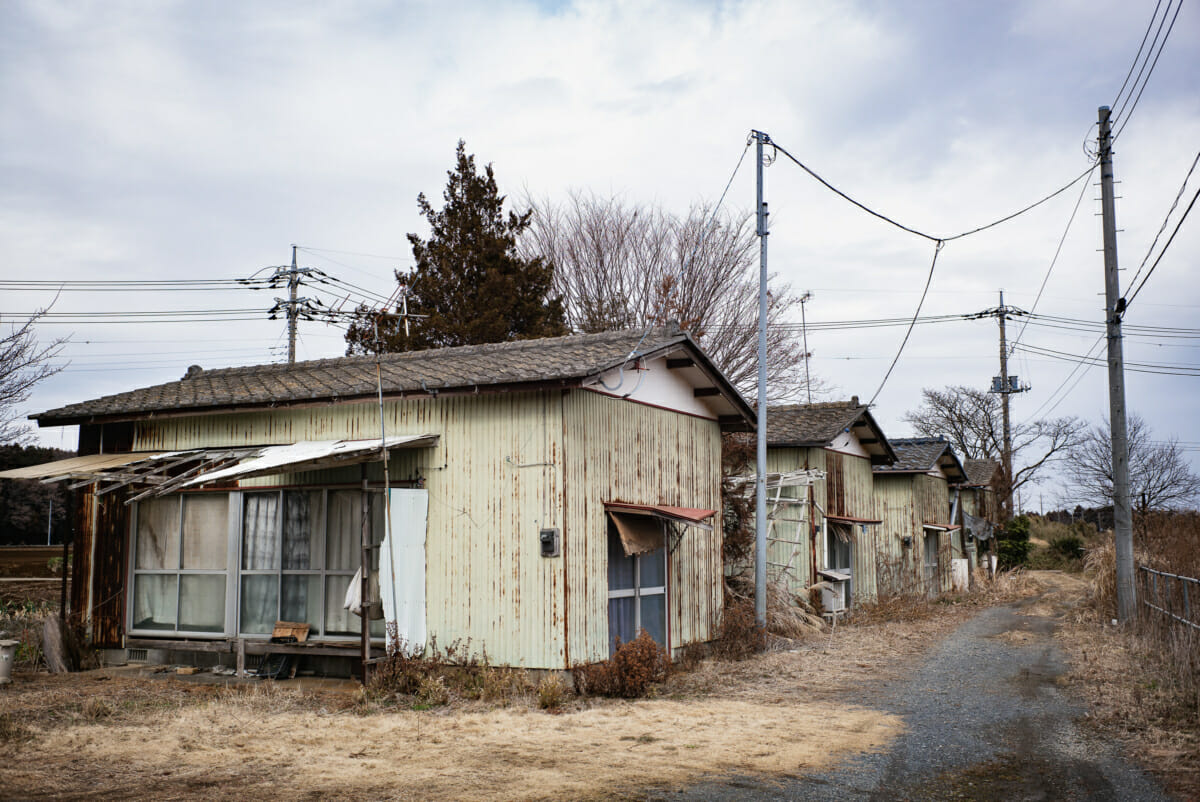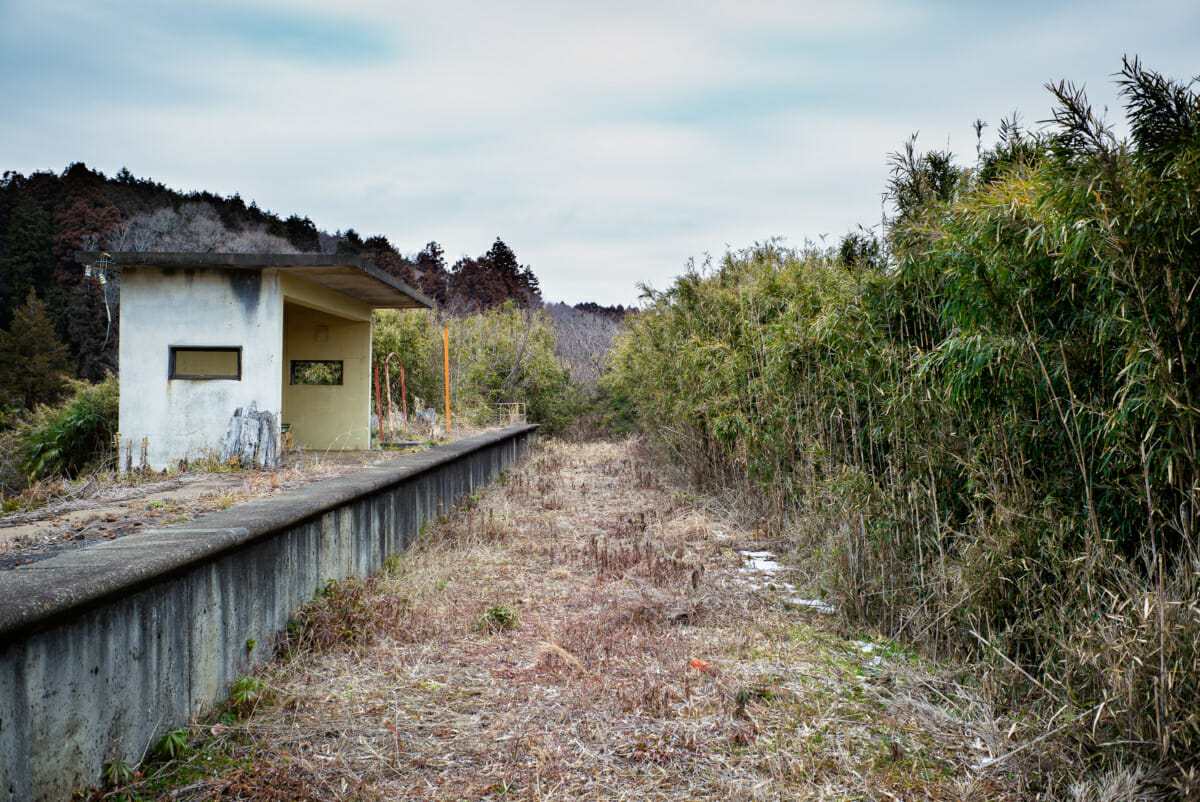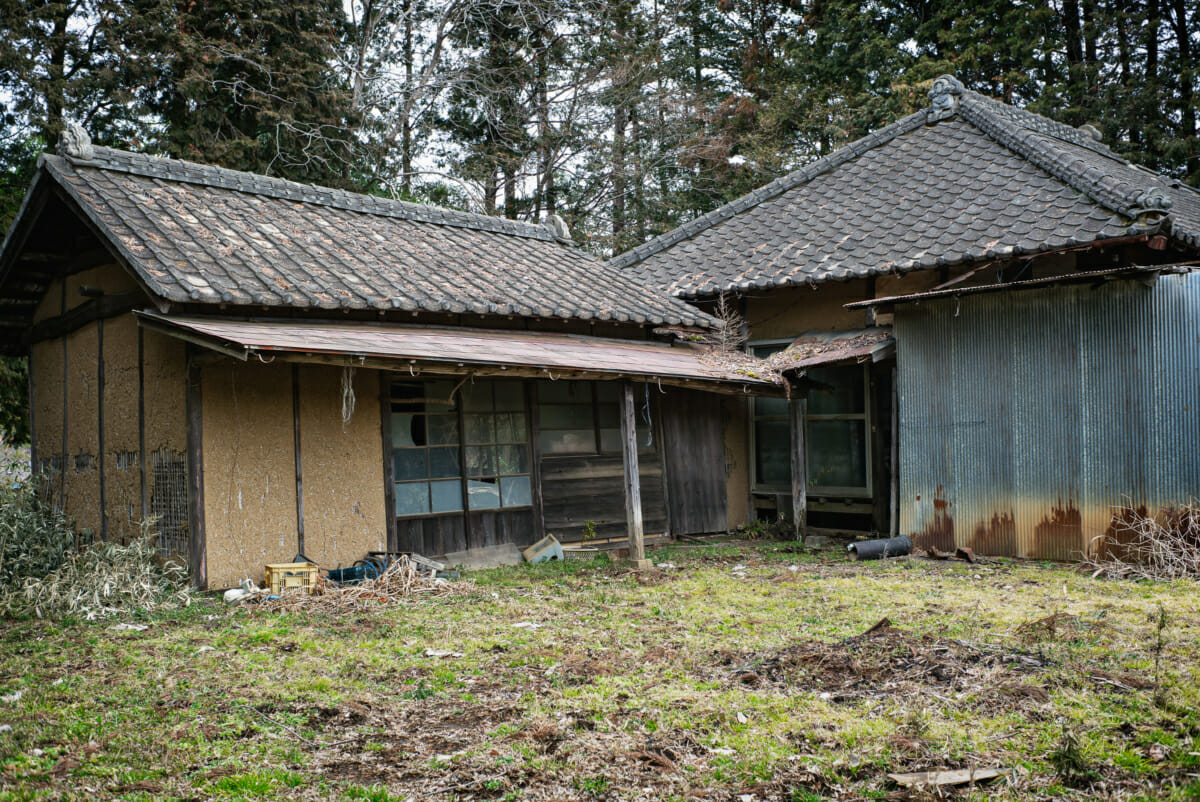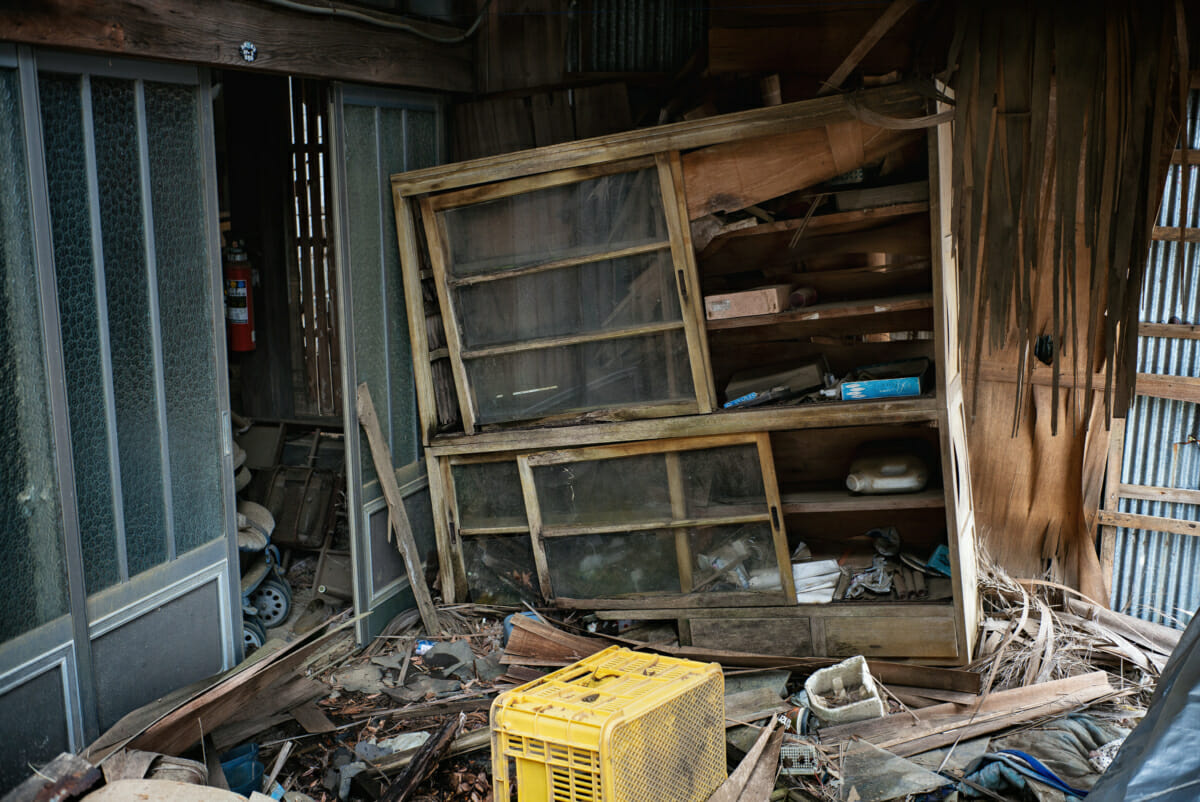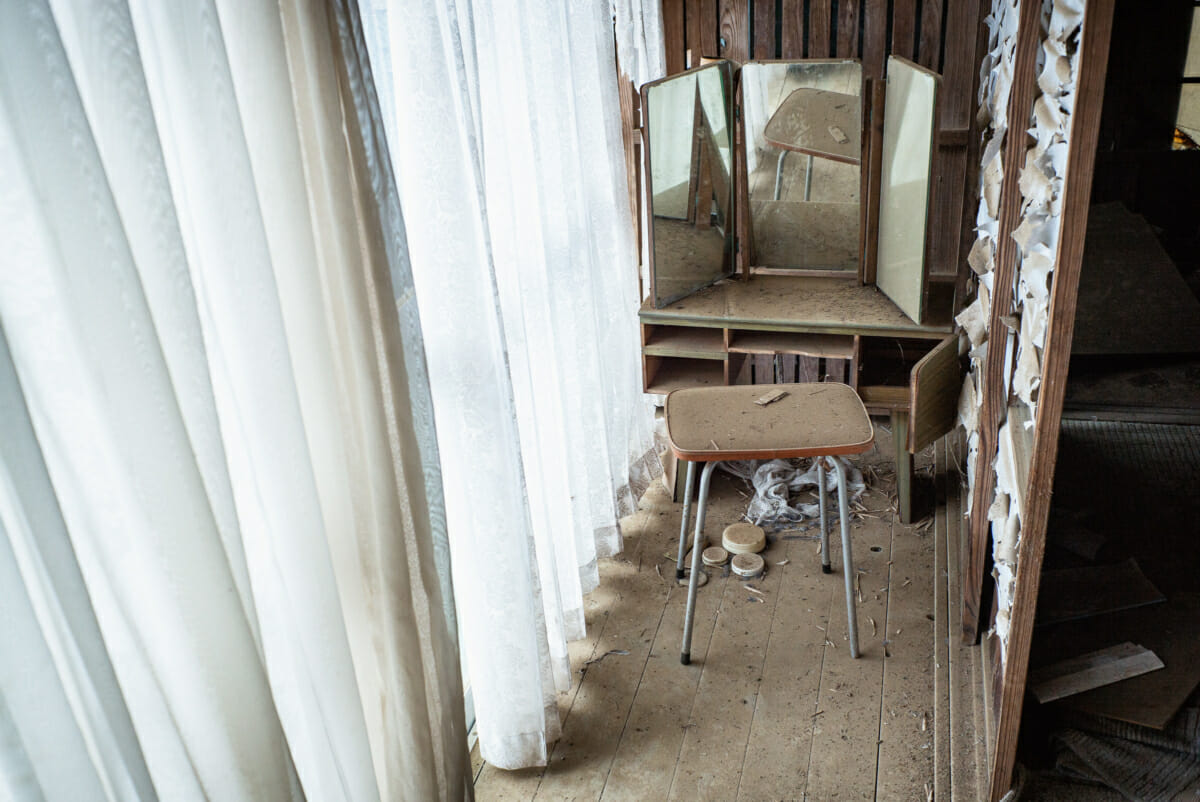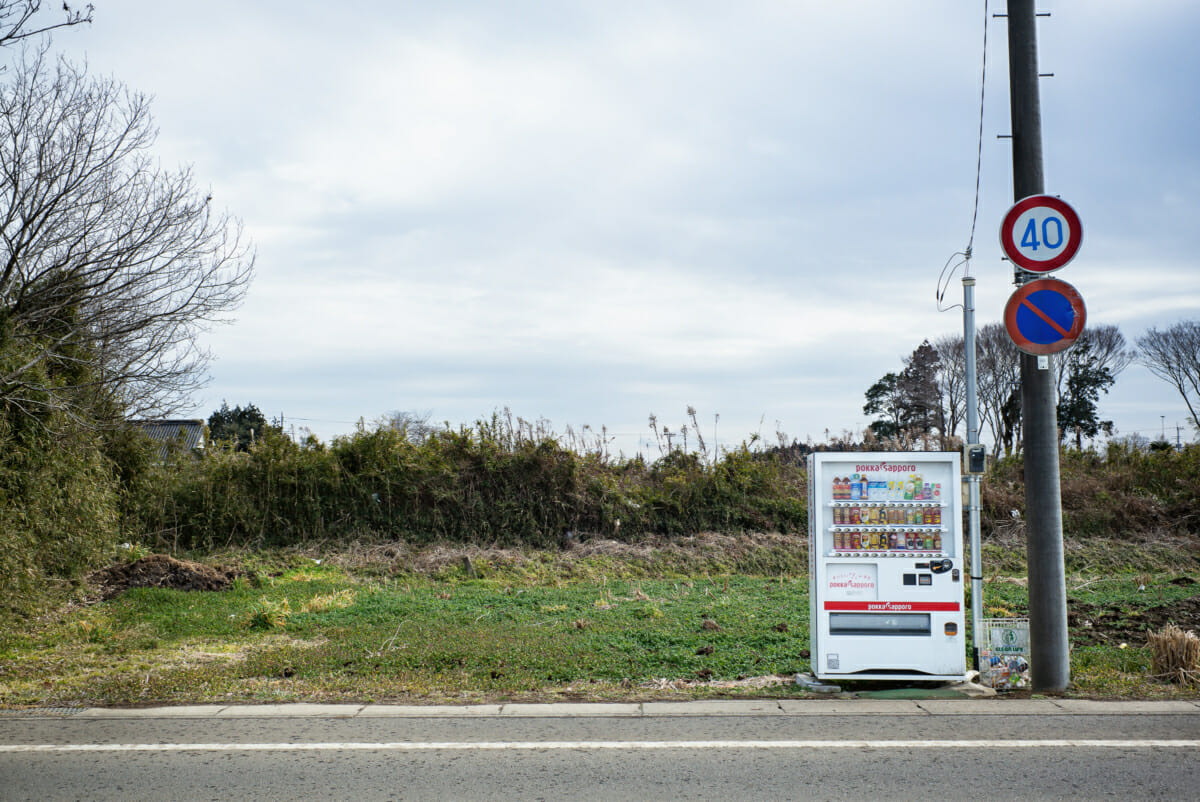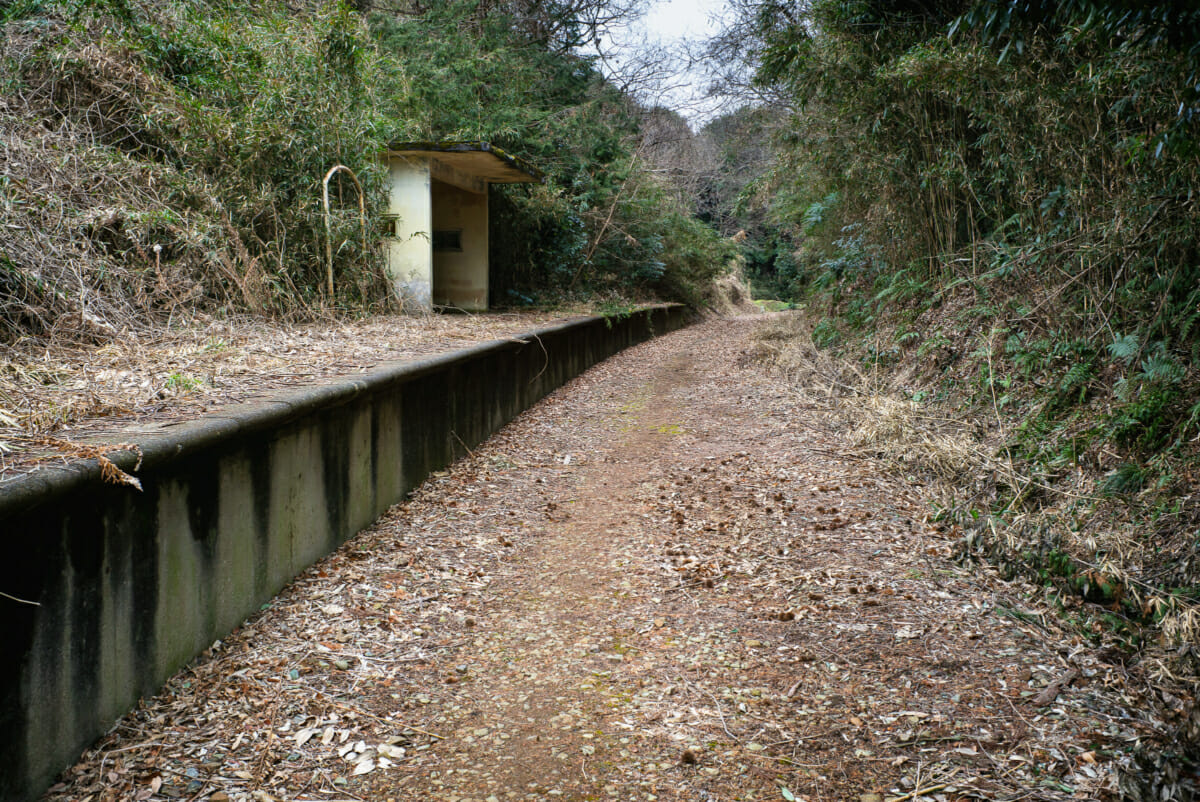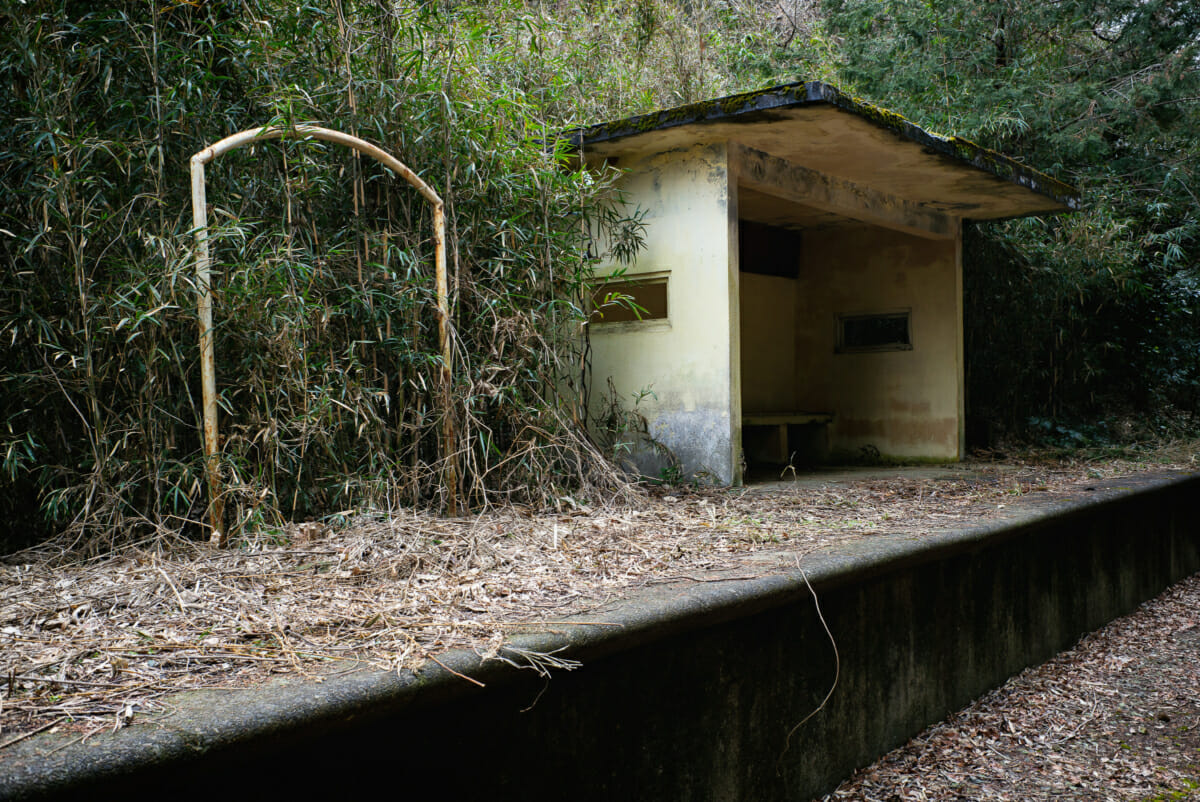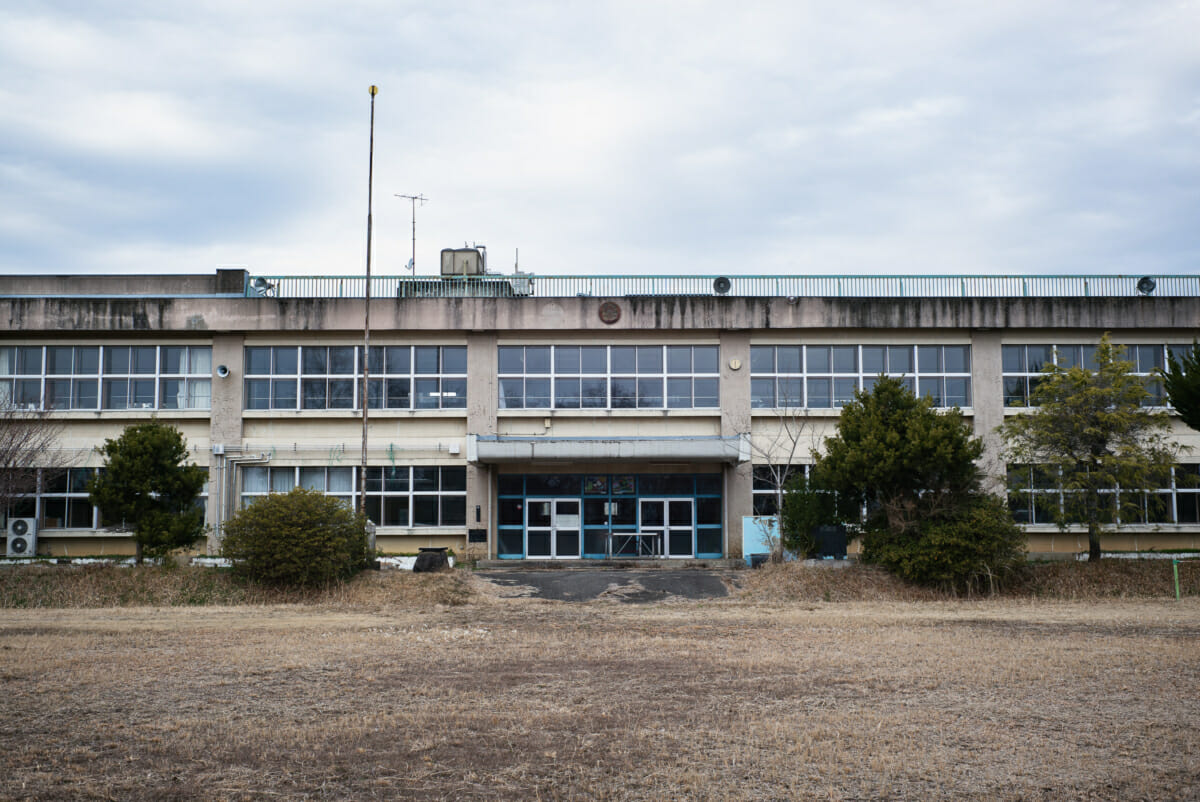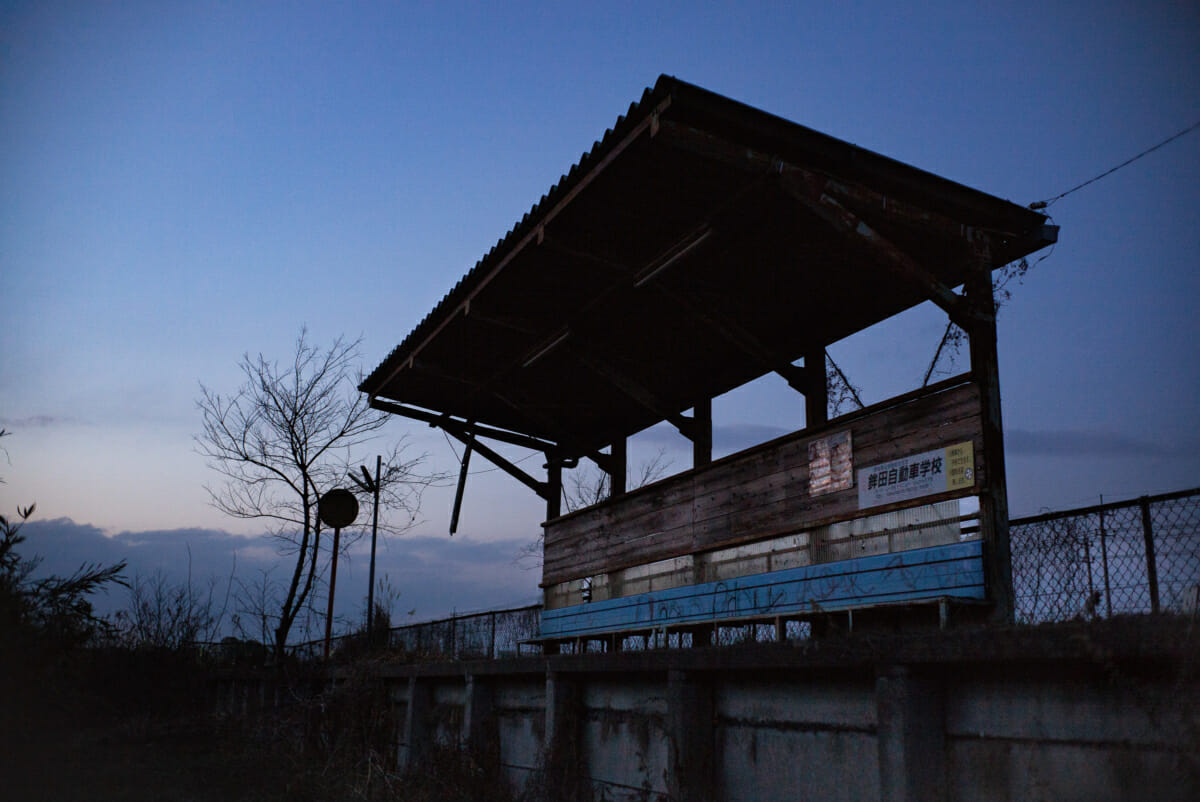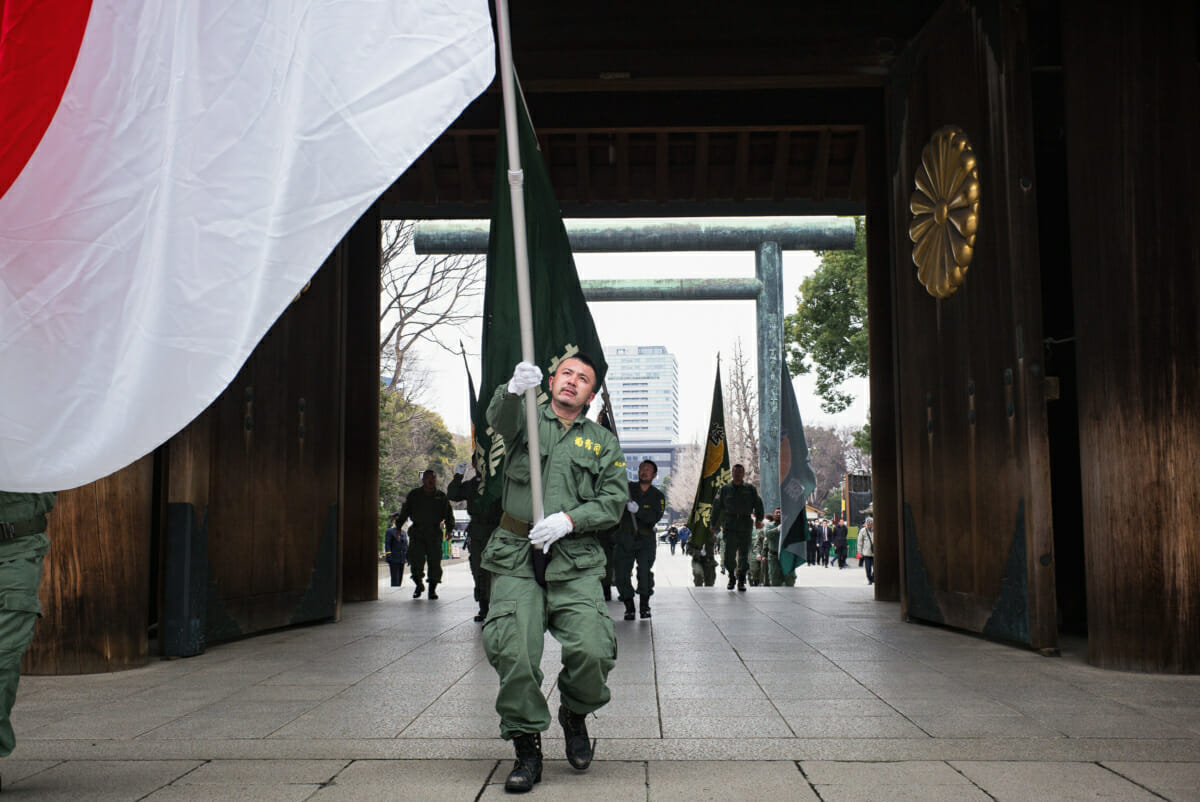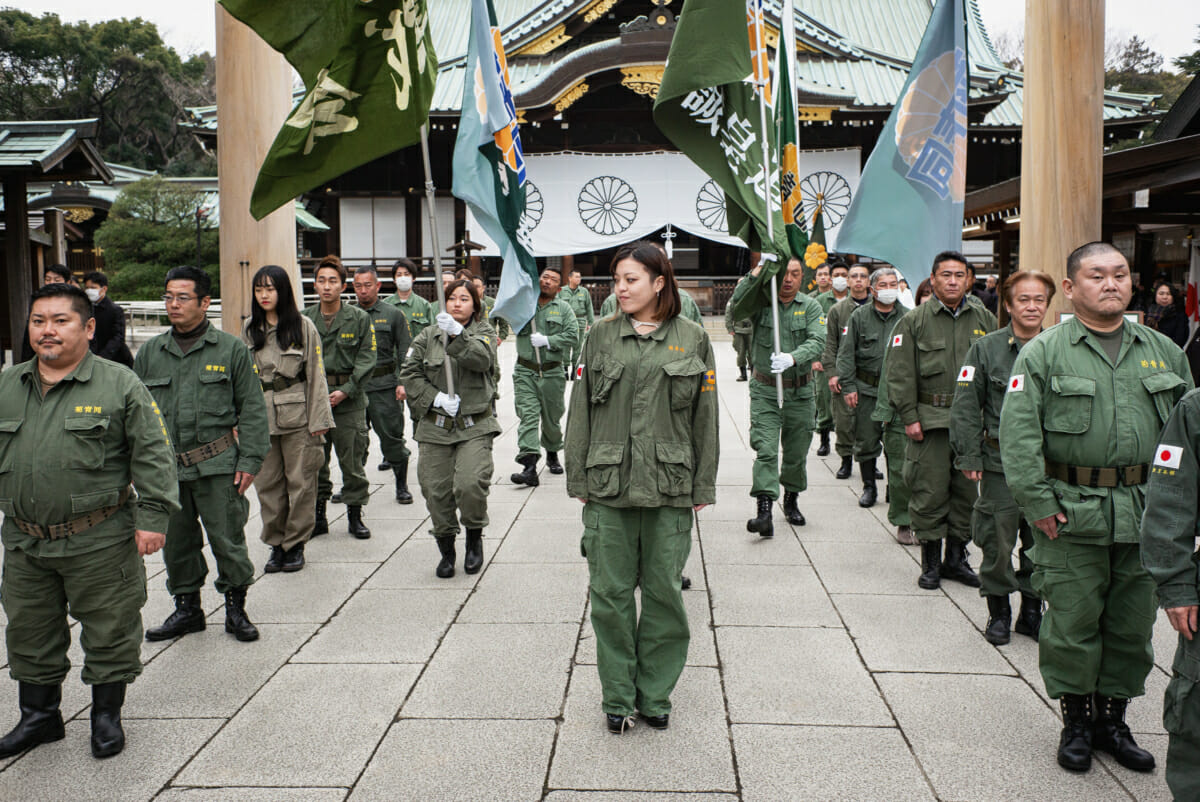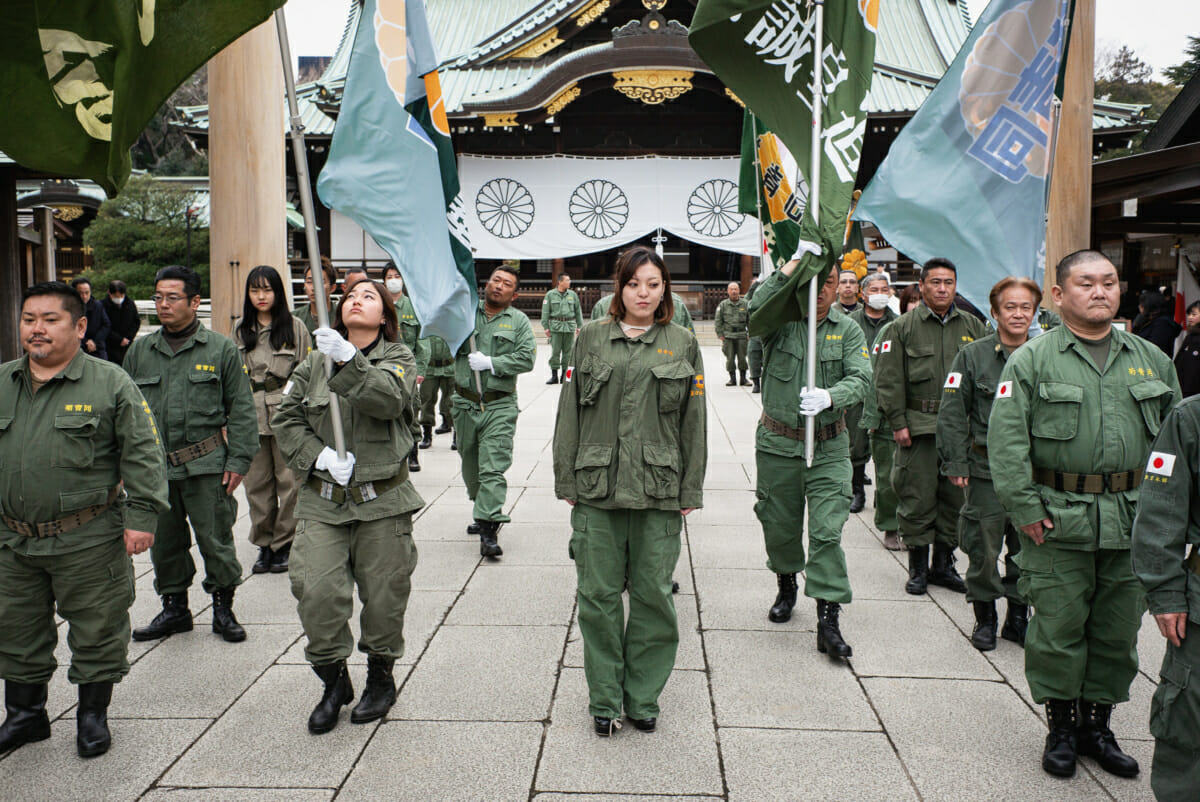Or considering his rather bedraggled state, it could well have been a Saturday night outfit that dragged on into Sunday.
A little old lady in her amazingly small shop
A Japan photo essay: Looking for the lost
Tokyo’s train network is without a doubt a logistical marvel. Numerous trains, on numerous lines, run by numerous companies, that nonetheless all still shuttle countless millions of people around the metropolis with a hard won ease and efficiency that is quite rightly the envy of the world.
Leave the city and head out into more rural Japan, however, and it’s a different story altogether. The system is still incredible, with long journeys involving multiple transfers made surprisingly easy, but the number of people using many of these services is massively reduced. So much so in fact that a lot of lines have already ceased to exist, and going forward, the number of closures is only going to grow — quite rapidly too. All due to the heady mix of an ageing population, a low birth rate and urban migration, which combined have made many services simply unsustainable. This is especially true when the operator is a small company, rather than a financial behemoth like the Japan Railways Group which can afford to sustain losses on some routes if it chooses to.
All of which almost gets me to the photos in question.
Just north of Tokyo is Ibaraki prefecture, an area that has undoubtedly suffered in relation to the previously mentioned demographic changes. And one victim was the 27 km long Kashima Railway Line. Opened in 1924 under the control of a small operator, it closed down just shy of 12 years ago, and while the tracks and sleepers were completely removed, a few of the small stations have thankfully survived.
It turns out though that a little over a decade is more than enough time for nature to really take things back, and almost the whole line is completely overgrown, utterly thwarting our plan to walk it. But what was initially frustrating actually turned out to be fortuitous, as we got to wind our way through the now rather forlorn little settlements that the train once served, allowing for a much deeper appreciation of why the Kashima Railway Line stopped running. Basically there just aren’t enough people anymore, and even likely passengers such as local students are obviously lacking as we came across an abandoned school.
A situation, and in many respects the kind of scenery, that can now be seen and experienced all over Japan. At the same time, it’s a side of the country that isn’t shown in the guide books, or indeed in any kind of material whatsoever. A sort of lost world that’s all around us. One we found when looking for a similarly lost train line.
A Dali-like clock in an abandoned school
Over the weekend, a request for some photographs included the one seen below — an image I have a real soft spot for, both in regards the end result, and the memories associated with it.
There’s already a monochrome version on these pages — it was part of a photo series from an abandoned school up in the mountains. A wonderfully atmospheric and incredibly intact old structure that can be seen here.
To add to that experience, it’s now almost six years since I took the photograph. Not that long ago, but it’s a period in which personally at least a lot changed, both in good ways and bad, making the slightly surreal peeling back of time feel more significant.
So, in a re-visit of sorts, here is the previously unseen colour version. My initial view was that black and white looked best. Over time that changed to colour. But now I can’t decide either way. The only thing I can be certain of is that I now like the photo more than I did over half a decade ago.
Tokyo rust and resentment?
Uniformed nationalists at Tokyo’s Yasukuni Shrine
On February 11th, which is National Foundation Day, several groups from the far right pay their respects at Tokyo’s Yasukuni Shrine with a parade of sorts and an official Shinto service. By far the most significant gathering, at least in terms of numbers anyway, is the troop pictured below. A ragtag bunch of characters that I’ve been photographing for quite a few years now — some of the results of which can be seen here.
And this Monday, as ever, was no different, with the same flags, and to be fair, the same respectful solemnity. There were several of the same old faces too. The overall number of participants, on the other hand, was very noticeably down. Now whether that is significant or not I really don’t know, but for a date and event that is clearly so important, it seems an odd one to miss.
An outbreak of flu perhaps, or maybe even an outbreak of common sense? A mystery that might be a little clearer next year. But until then, here are just a few photos from an especially cold and grey day.





